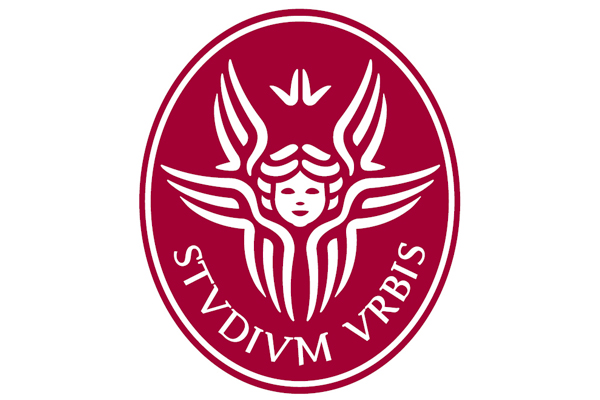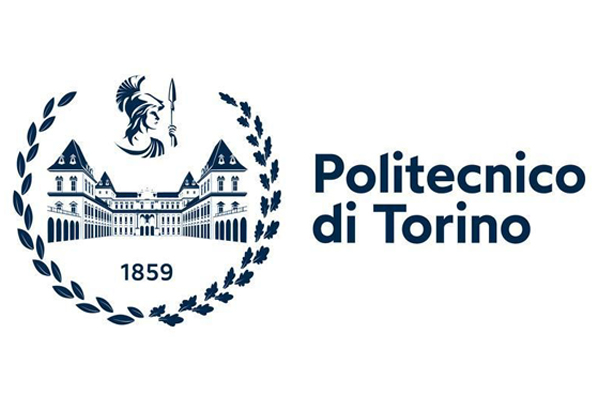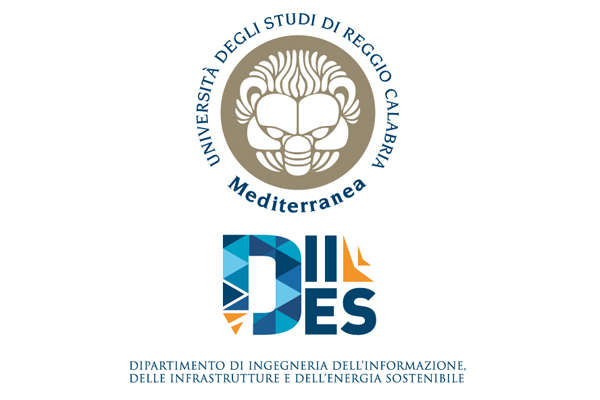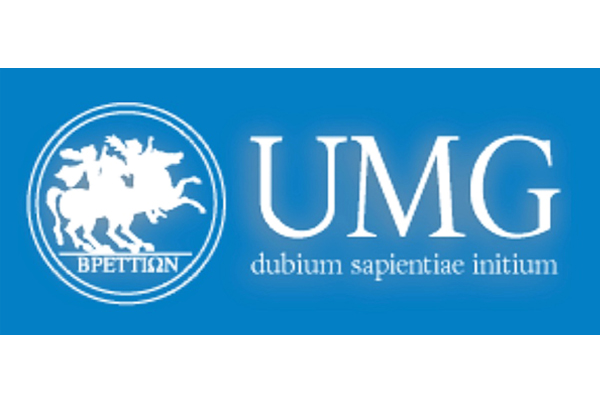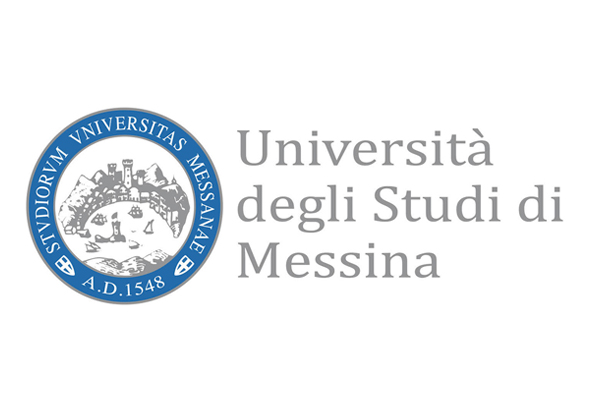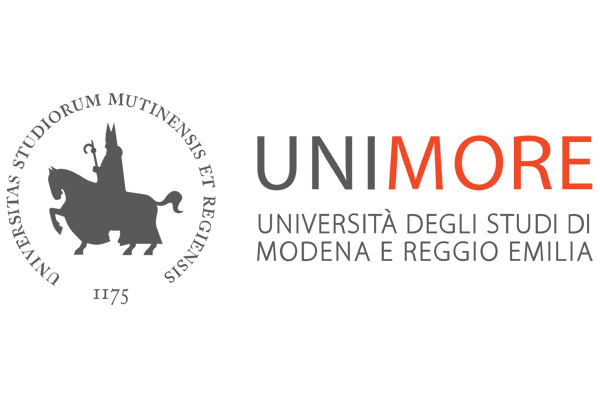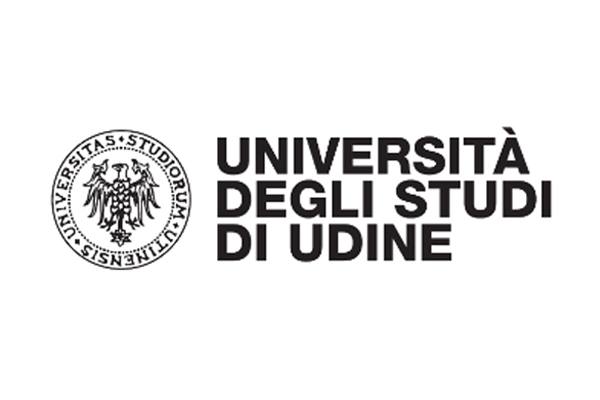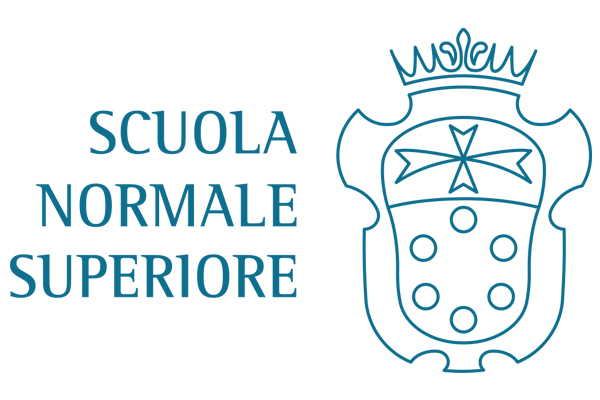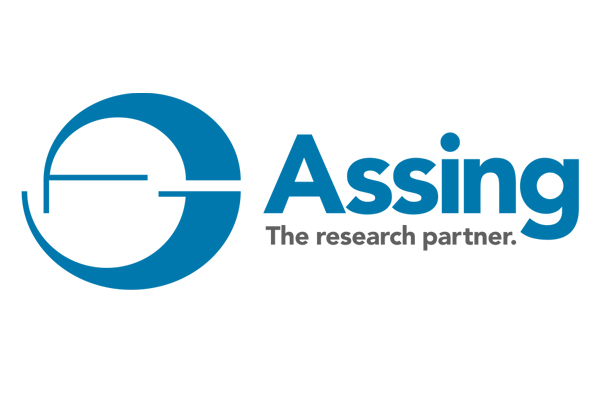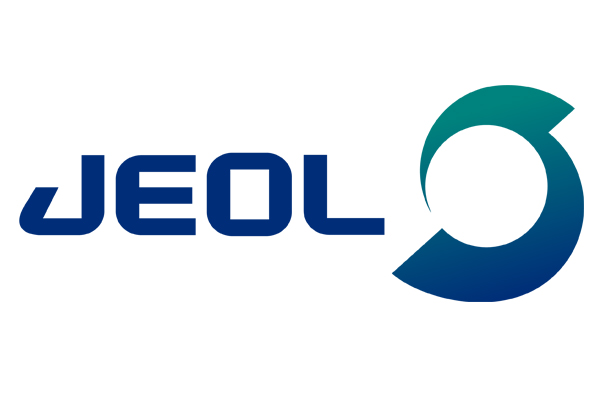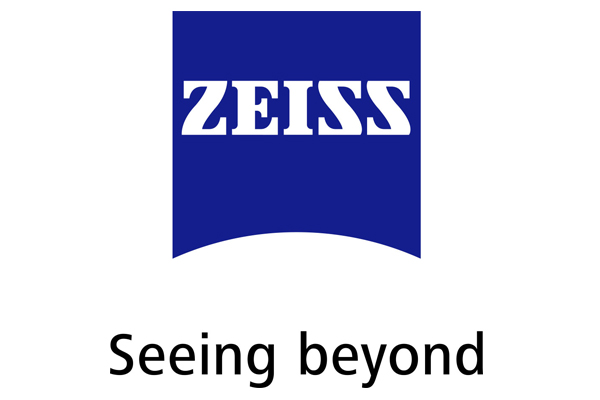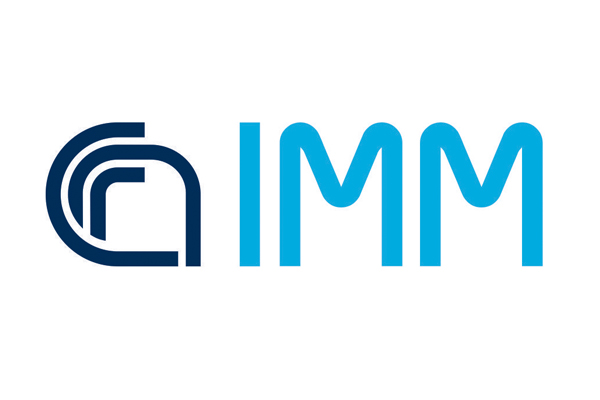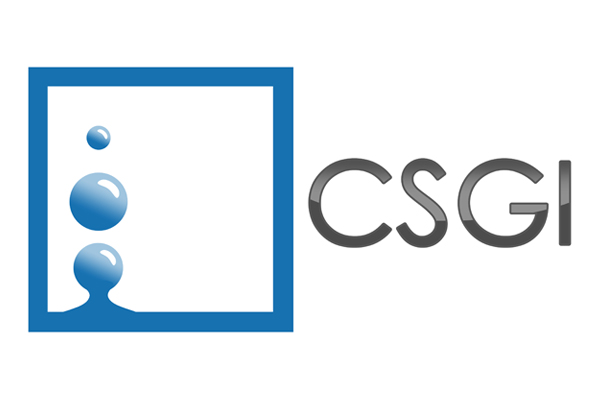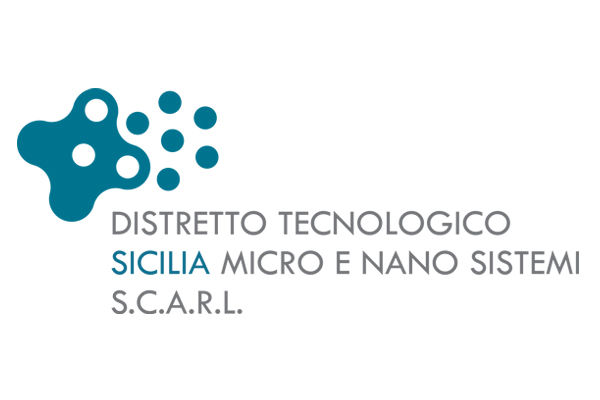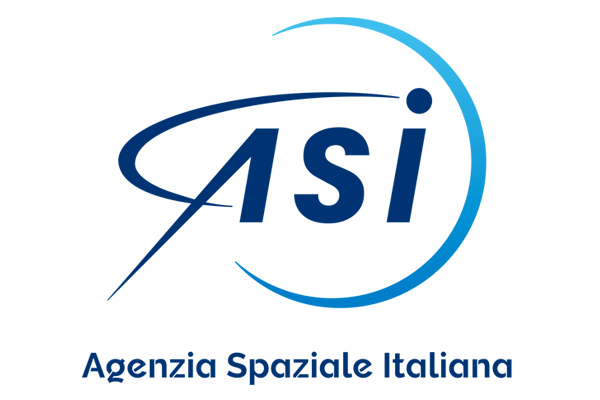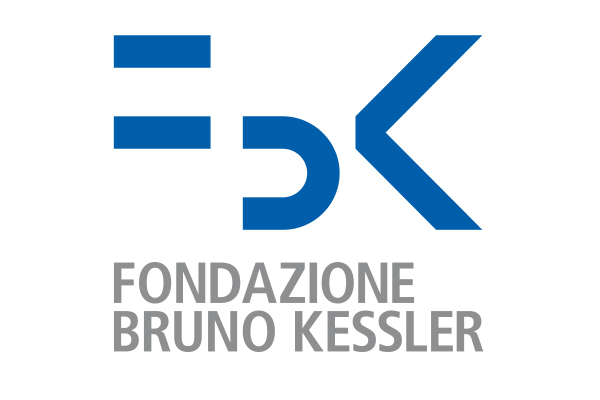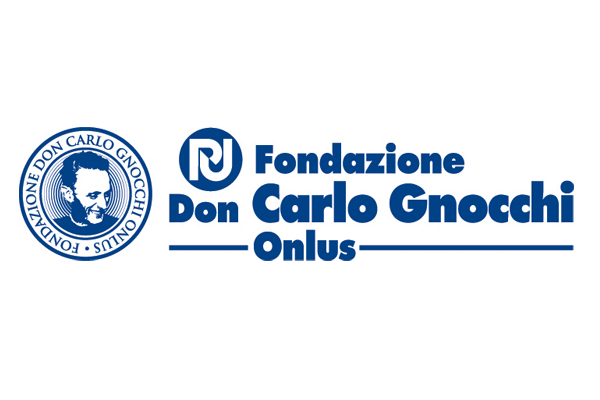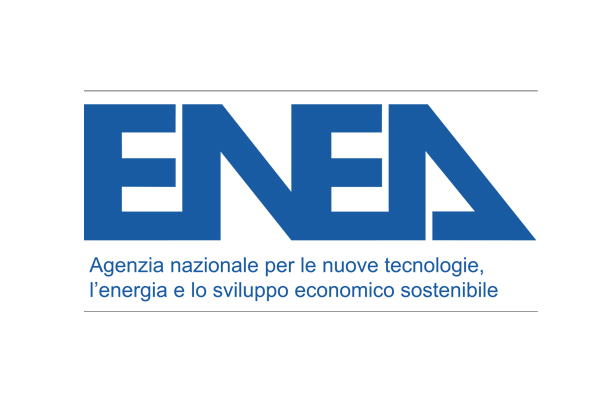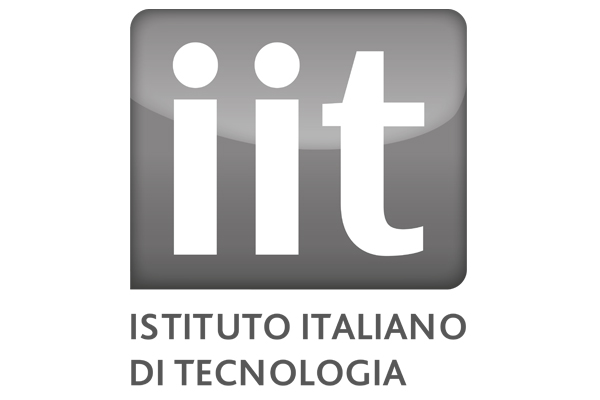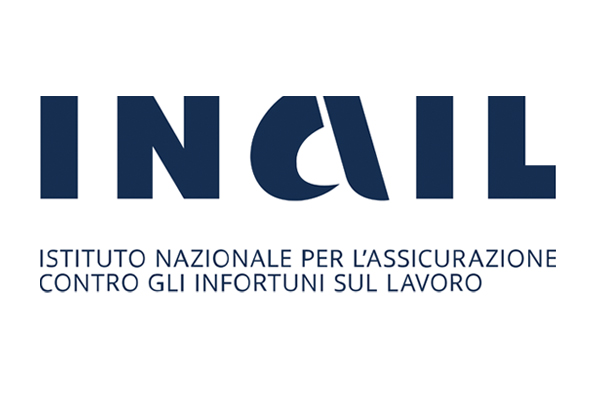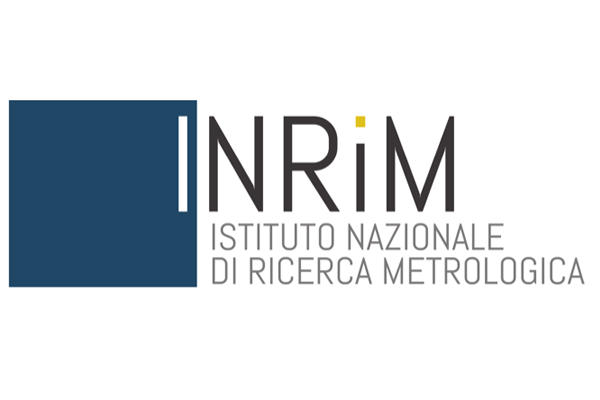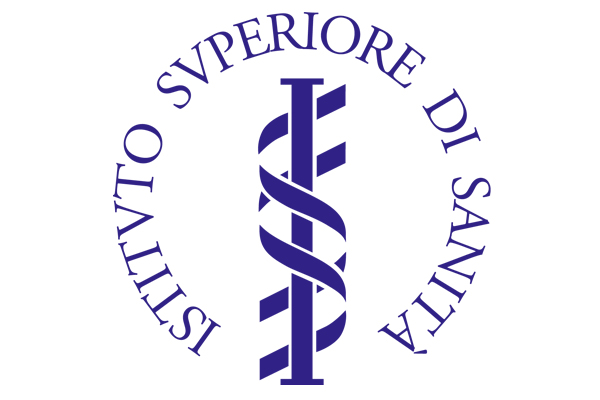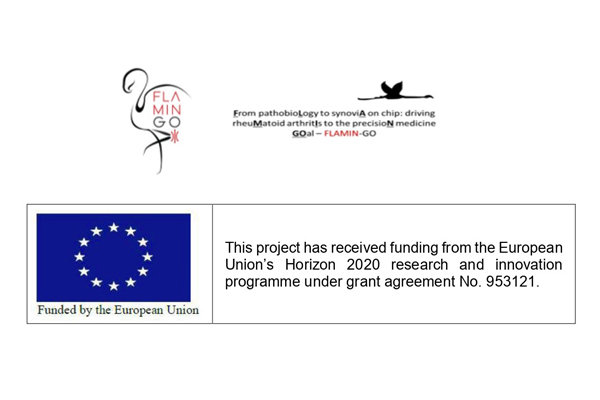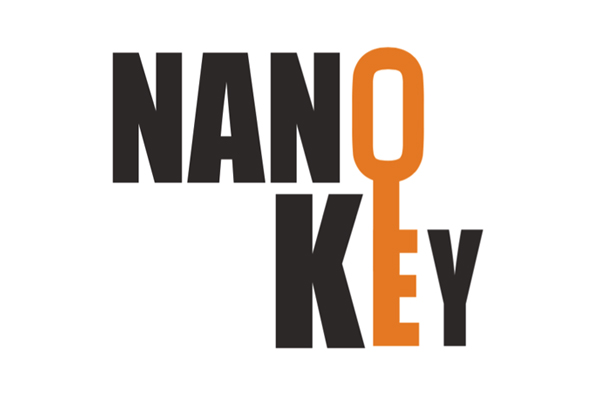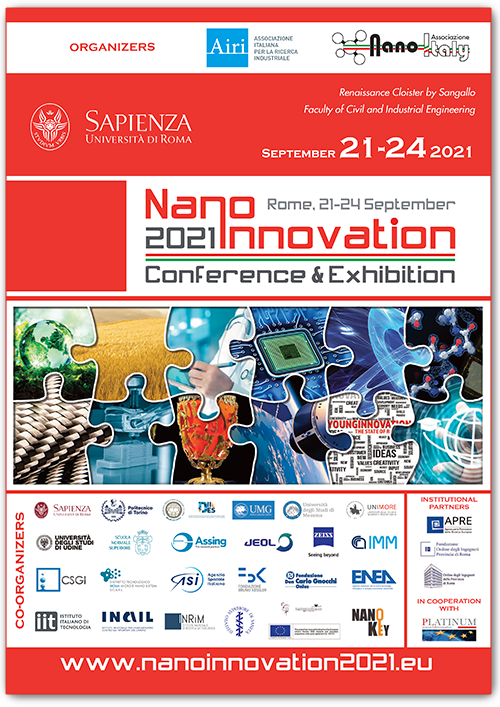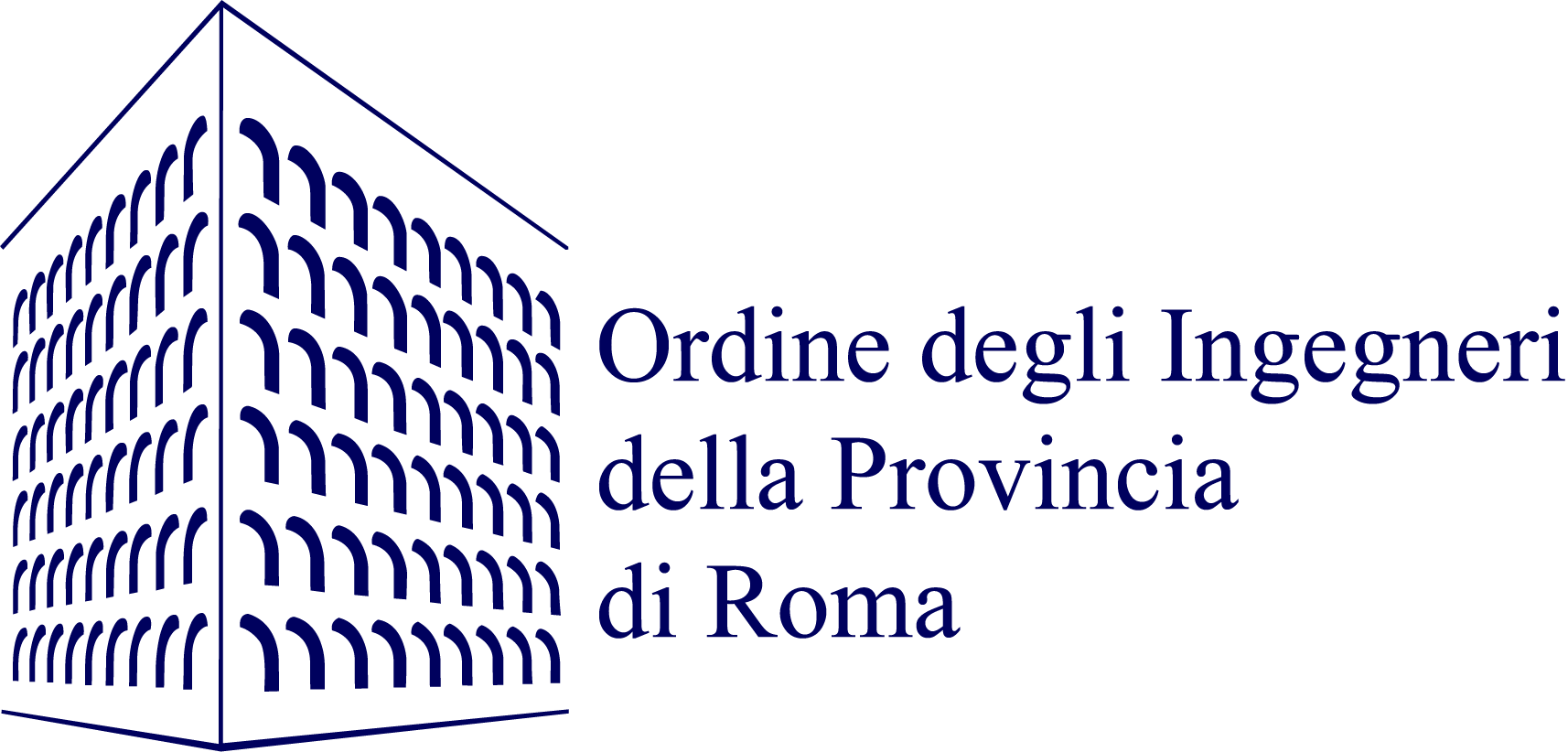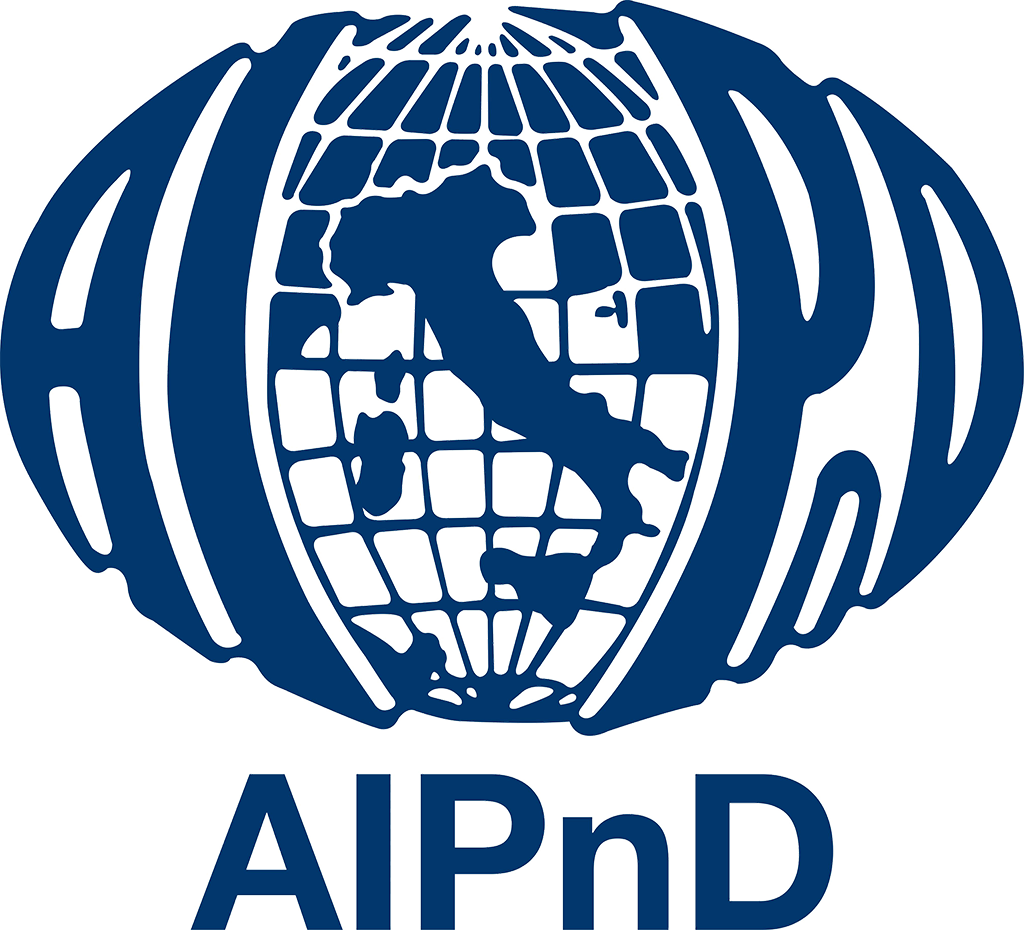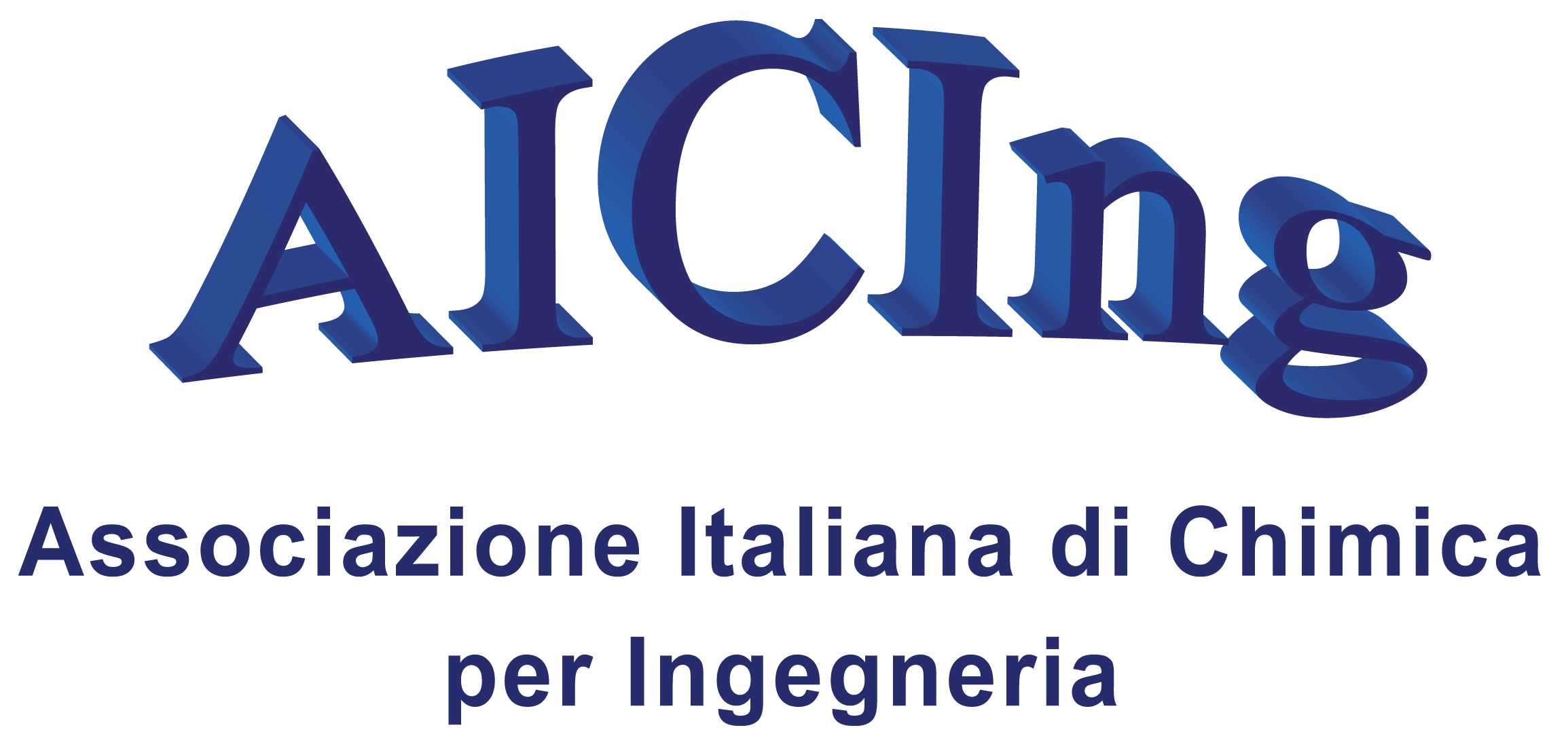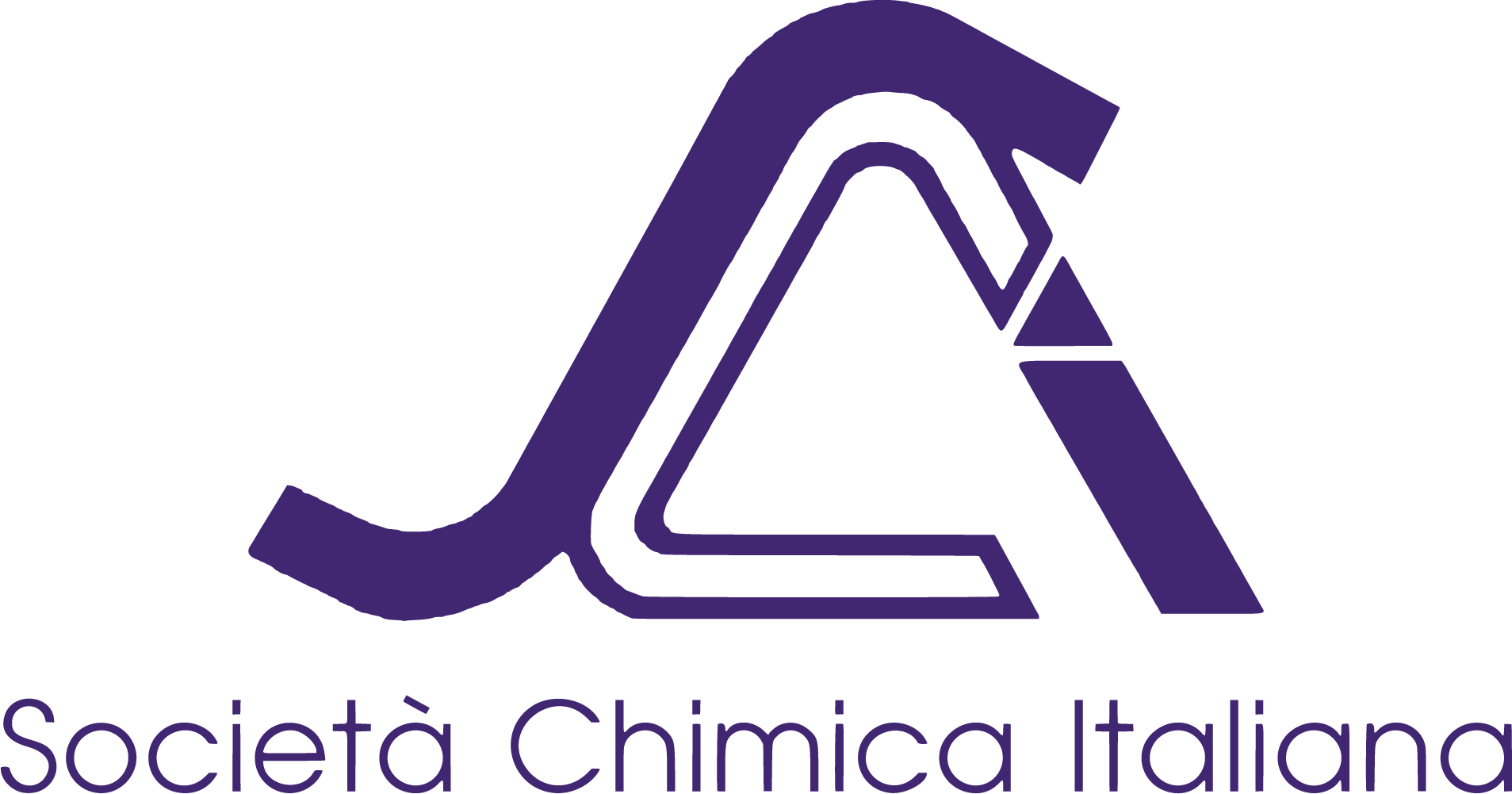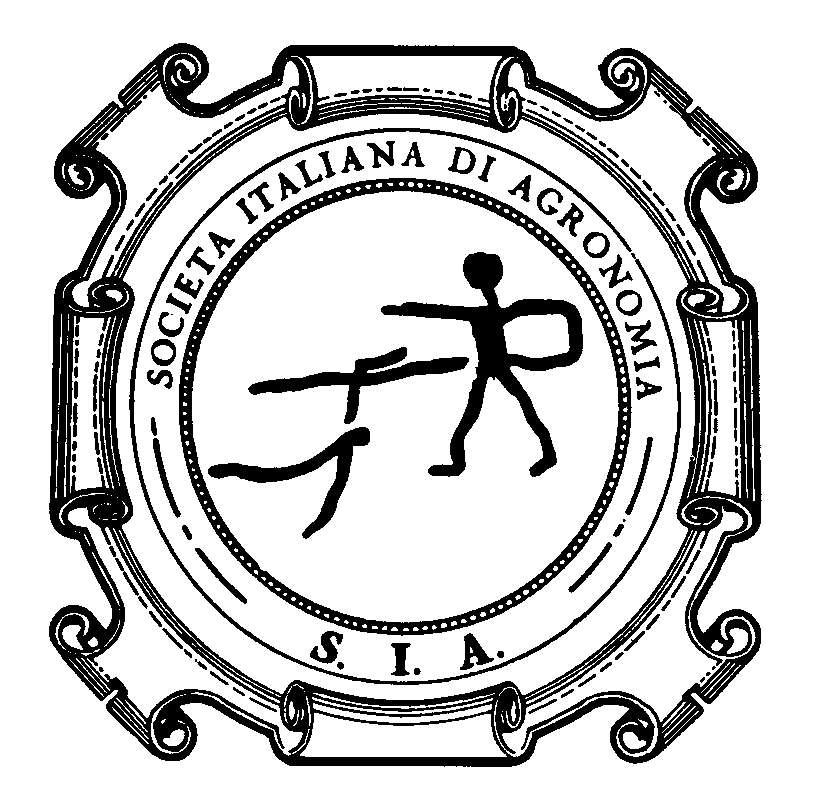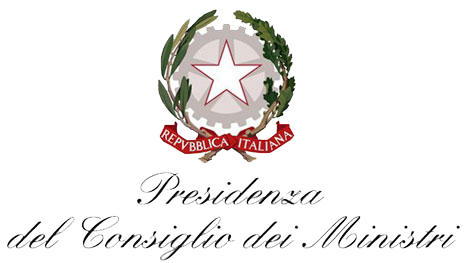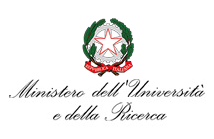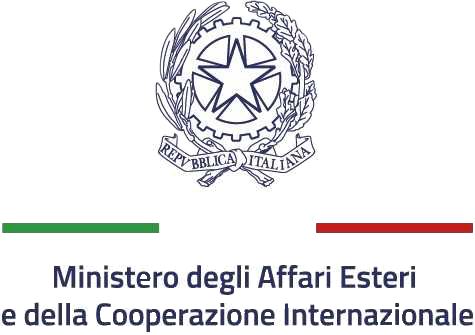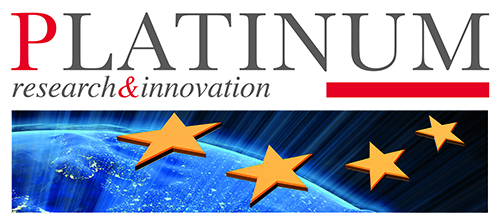Advances and perspectives in gas detection technology - Part 2
24 SEPTEMBER 11:00 - 12:30
11:00 - 12:30
| |
go to QR-CODE |
| ROOM 1 | |||
| MICRO-NANO ELECTRONICS |
|||
| MICRO-NANO ELECTRONICS | |||
| TT.X - Technical Multi-Track with Parallel SYMPOSIA | |||
| Advances and perspectives in gas detection technology - Part 2 | |||
| Co-organized with FBK Chair: Andrea GAIARDO - CV, FBK |
|||
|
Nowadays, a strong demand for developing high-performance gas detection devices is emerging for many applications, such as precision agriculture, indoor and outdoor air quality monitoring and medical screening. In order to accomplish the market requirements in terms of portability, low cost and small dimensions, the research has been mainly focused on the development of miniaturized gas sensors, based on different chemical-physical working principles. |
|||
| The symposium is part of the Symposia |
|||
| TT.X.D.1 SY.XXIV.2.1 |
Veronica SBERVEGLIERI - CV Institute of Biosciences and BioResources - CNR How nanotechnology could help to achieve zero hunger goal |
 |
 |
| TT.X.D.2 SY.XXIV.2.2 |
Roberto DI CHIO - CV University of Messina Enhanced performances of sensors based on ALD-synthesized MOx/CNTs composites |
 |
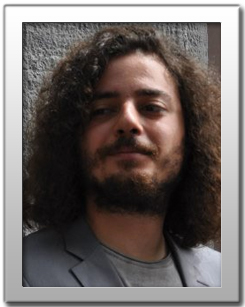 |
| TT.X.D.3 SY.XXIV.2.3 |
Martina Aurora COSTA ANGELI - CV Free University of Bozen-Bolzano Carbon-based flexible gas sensors: an overview of current trends |
 |
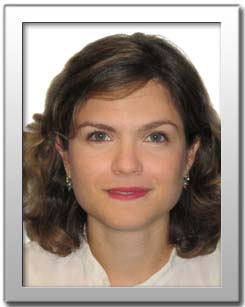 |
| TT.X.D.4 SY.XXIV.2.4 |
Matteo VALT - CV University of Ferrara Operando FTIR for surface reactivity studies on chemiresistive gas sensor |
 |
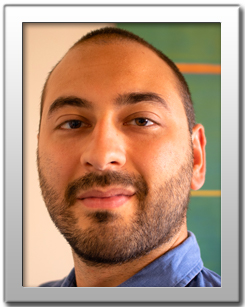 |
| TT.X.D.5 SY.XXIV.2.5 |
Matteo TONEZZER - CV IMEM - CNR Nano electronic noses |
 |
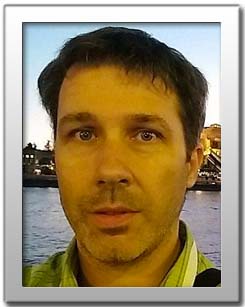 |
| Back to Plan 24 September |
||

